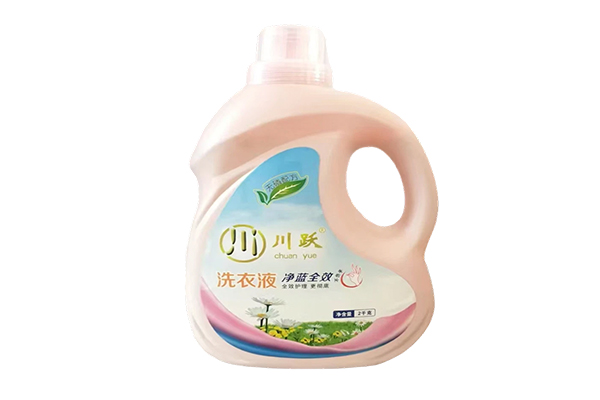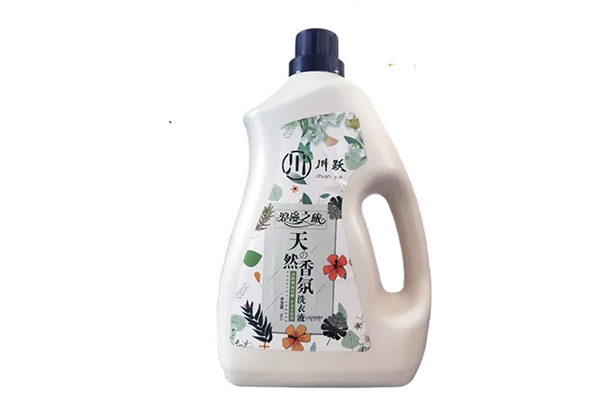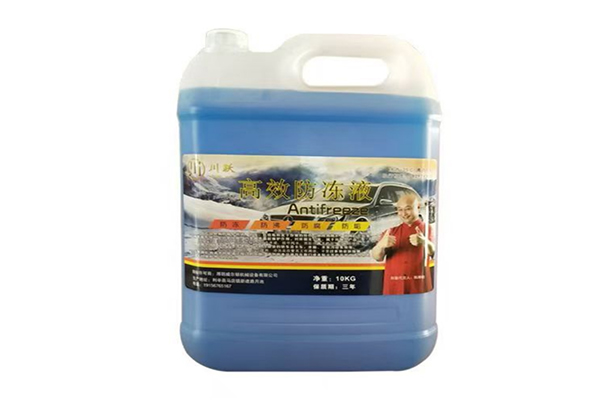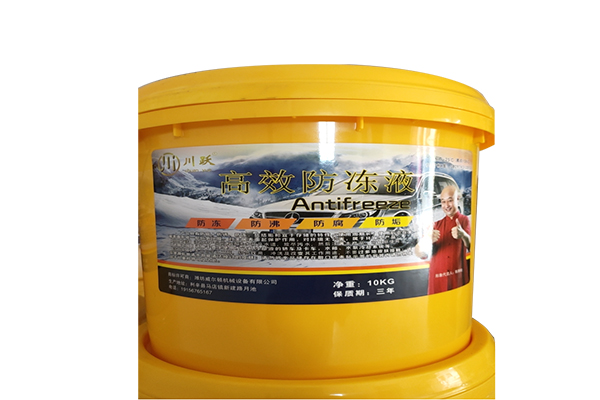How does high efficiency antifreeze achieve the goal of lowering the freezing point of concrete and preventing freezing damage through its chemical composition?
Release Time : 2025-02-07
The process of high efficiency antifreeze achieving the goal of lowering the freezing point of concrete and preventing freezing damage through its specific chemical composition involves multiple aspects, mainly including the following points:
1. Formation of eutectic mixture
Certain components in antifreeze, such as inorganic salts (sodium chloride, calcium chloride, etc.) and organic compounds (ethylene glycol, propylene glycol, etc.), can form a eutectic mixture with water. This mixture has a lower freezing point than pure water, so that in a low-temperature environment, the water in the concrete is not easy to freeze and remains in a liquid state. This feature avoids the damage to the concrete structure caused by the expansion stress caused by the freezing of water.
2. Promote cement hydration reaction
Some components in antifreeze can react with mineral components in cement, stimulate the activity of cement, and increase the rate of hydration reaction. For example, some organic compound antifreezes (such as triethanolamine) can react with minerals such as tricalcium aluminate in cement to form complexes, thereby promoting the hydration reaction of cement. Under low temperature conditions, the hydration reaction rate of cement usually slows down, affecting the early strength growth of concrete. The promotion effect of antifreeze helps to accelerate the development of concrete strength and improve the antifreeze performance of concrete.
3. Change the morphology and structure of ice crystals
The surfactant components in some antifreezes can be adsorbed on the surface of ice crystals to change the growth habits of ice crystals. These surfactants can make ice crystals smaller and more dispersed, thereby reducing the destructive effect of ice crystals on concrete structures. The expansion stress distribution of small spherical ice crystals in concrete is more uniform, and it is not easy to cause cracking and damage to concrete.
4. Introducing tiny bubbles
Some antifreezes (such as air-entraining antifreezes) can introduce tiny closed bubbles into concrete. These bubbles can fill the pores in concrete and increase the density of concrete. The increase in density can reduce the possibility of water penetration and freezing, thereby enhancing the antifreeze performance of concrete. At the same time, these bubbles can also buffer the expansion stress of concrete during the freeze-thaw process, further protecting the concrete structure.
High efficiency antifreeze forms a low eutectic mixture through its chemical composition, promotes cement hydration reaction, changes the morphology and structure of ice crystals, and introduces tiny bubbles to achieve the purpose of lowering the freezing point of concrete and preventing freezing damage. These mechanisms work together to enable concrete to maintain good performance and stability in low temperature environments.
1. Formation of eutectic mixture
Certain components in antifreeze, such as inorganic salts (sodium chloride, calcium chloride, etc.) and organic compounds (ethylene glycol, propylene glycol, etc.), can form a eutectic mixture with water. This mixture has a lower freezing point than pure water, so that in a low-temperature environment, the water in the concrete is not easy to freeze and remains in a liquid state. This feature avoids the damage to the concrete structure caused by the expansion stress caused by the freezing of water.
2. Promote cement hydration reaction
Some components in antifreeze can react with mineral components in cement, stimulate the activity of cement, and increase the rate of hydration reaction. For example, some organic compound antifreezes (such as triethanolamine) can react with minerals such as tricalcium aluminate in cement to form complexes, thereby promoting the hydration reaction of cement. Under low temperature conditions, the hydration reaction rate of cement usually slows down, affecting the early strength growth of concrete. The promotion effect of antifreeze helps to accelerate the development of concrete strength and improve the antifreeze performance of concrete.
3. Change the morphology and structure of ice crystals
The surfactant components in some antifreezes can be adsorbed on the surface of ice crystals to change the growth habits of ice crystals. These surfactants can make ice crystals smaller and more dispersed, thereby reducing the destructive effect of ice crystals on concrete structures. The expansion stress distribution of small spherical ice crystals in concrete is more uniform, and it is not easy to cause cracking and damage to concrete.
4. Introducing tiny bubbles
Some antifreezes (such as air-entraining antifreezes) can introduce tiny closed bubbles into concrete. These bubbles can fill the pores in concrete and increase the density of concrete. The increase in density can reduce the possibility of water penetration and freezing, thereby enhancing the antifreeze performance of concrete. At the same time, these bubbles can also buffer the expansion stress of concrete during the freeze-thaw process, further protecting the concrete structure.
High efficiency antifreeze forms a low eutectic mixture through its chemical composition, promotes cement hydration reaction, changes the morphology and structure of ice crystals, and introduces tiny bubbles to achieve the purpose of lowering the freezing point of concrete and preventing freezing damage. These mechanisms work together to enable concrete to maintain good performance and stability in low temperature environments.







